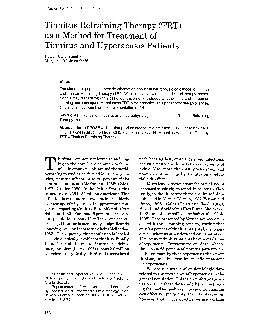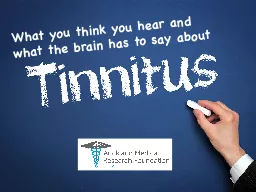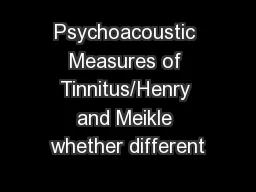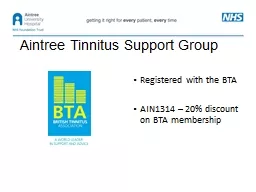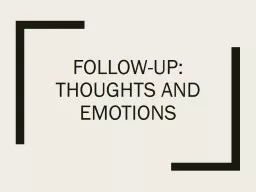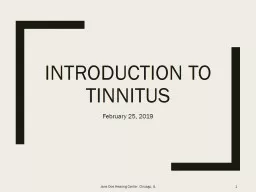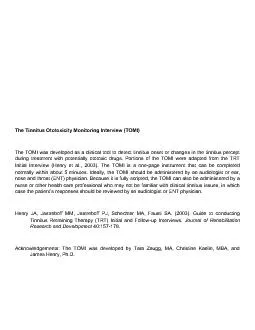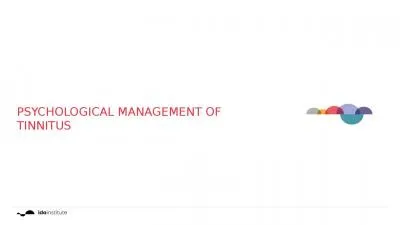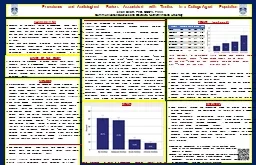PDF-Tinnitus Retraining Therapy/Jastreboff and Jastreboff with patients wi
Author : tawny-fly | Published Date : 2015-10-12
Tinnitus Retraining TherapyJastreboff and Jastreboff Perception Evaluation Auditory other Cortical Areas T Detection Subcortical Source Cochlea A c Perception
Presentation Embed Code
Download Presentation
Download Presentation The PPT/PDF document "Tinnitus Retraining Therapy/Jastreboff a..." is the property of its rightful owner. Permission is granted to download and print the materials on this website for personal, non-commercial use only, and to display it on your personal computer provided you do not modify the materials and that you retain all copyright notices contained in the materials. By downloading content from our website, you accept the terms of this agreement.
Tinnitus Retraining Therapy/Jastreboff and Jastreboff with patients wi: Transcript
Download Rules Of Document
"Tinnitus Retraining Therapy/Jastreboff and Jastreboff with patients wi"The content belongs to its owner. You may download and print it for personal use, without modification, and keep all copyright notices. By downloading, you agree to these terms.
Related Documents

